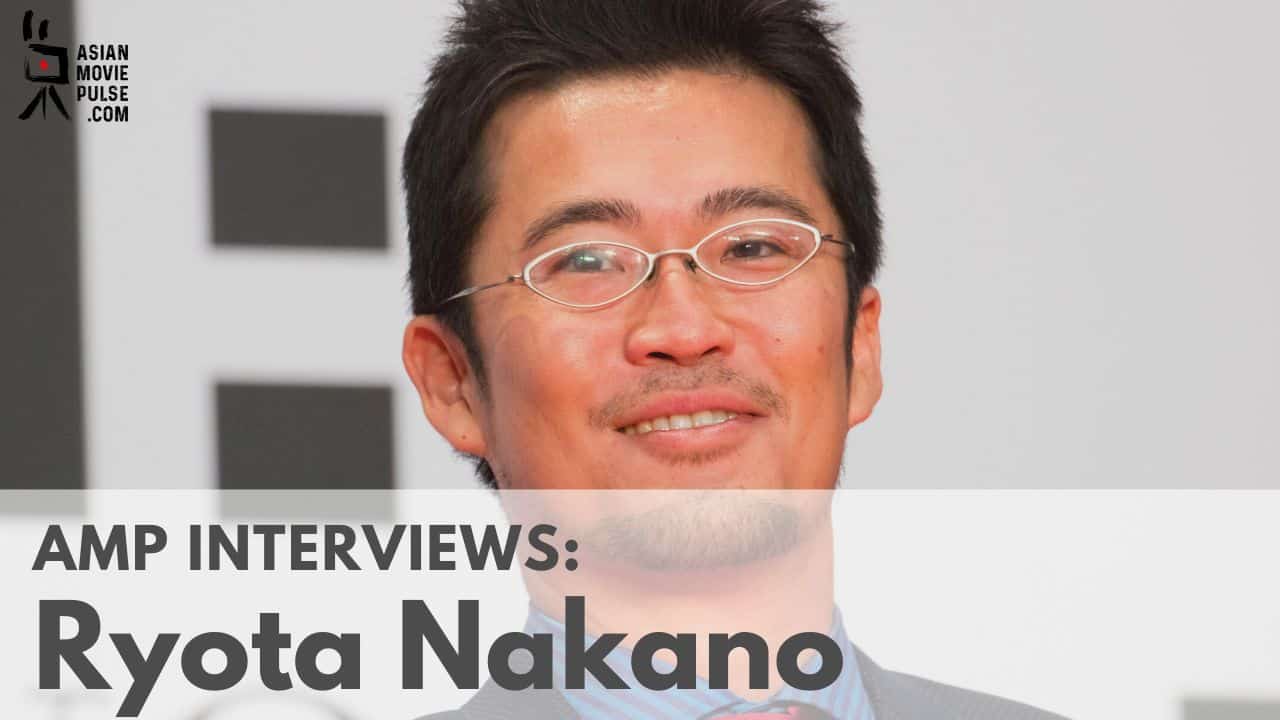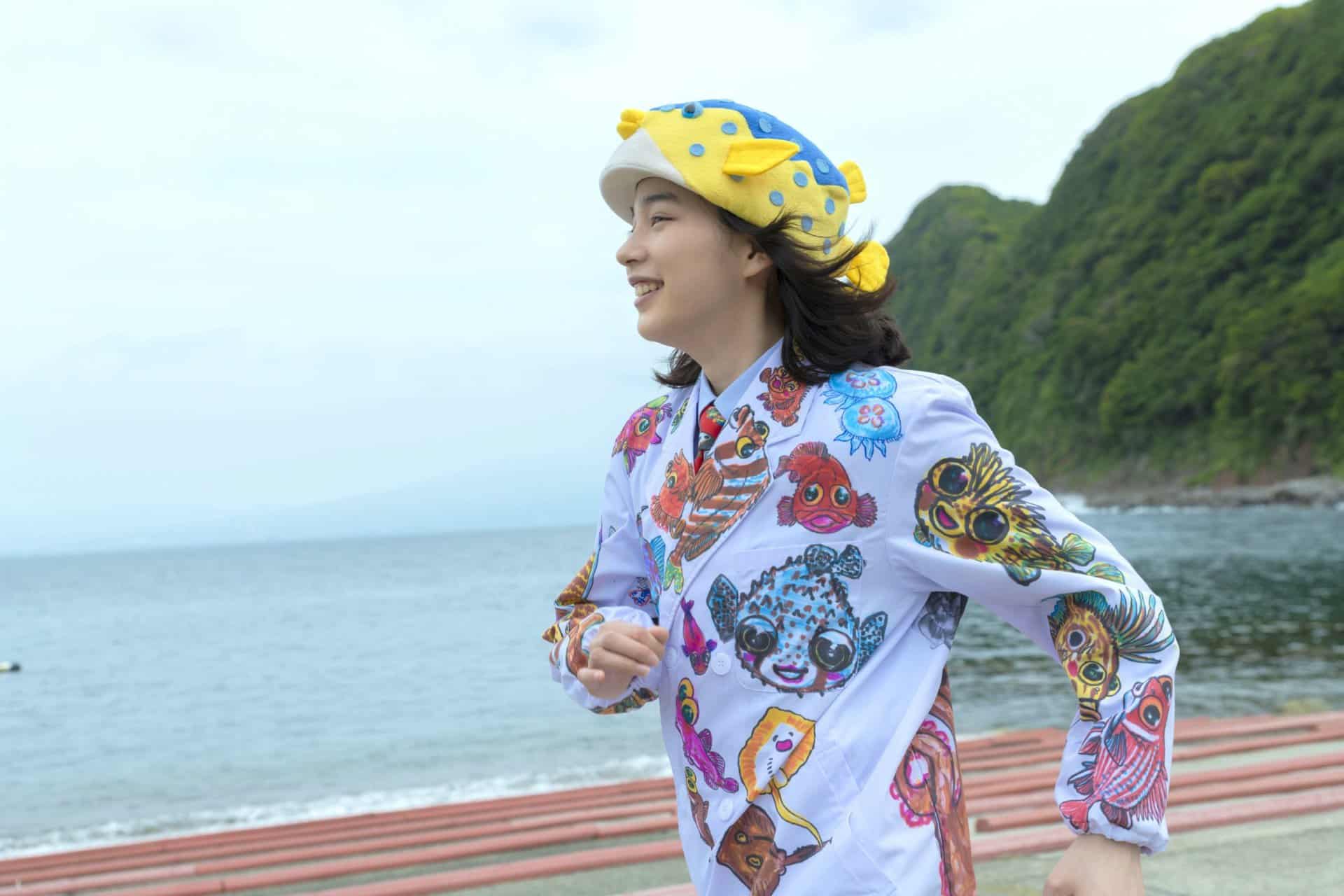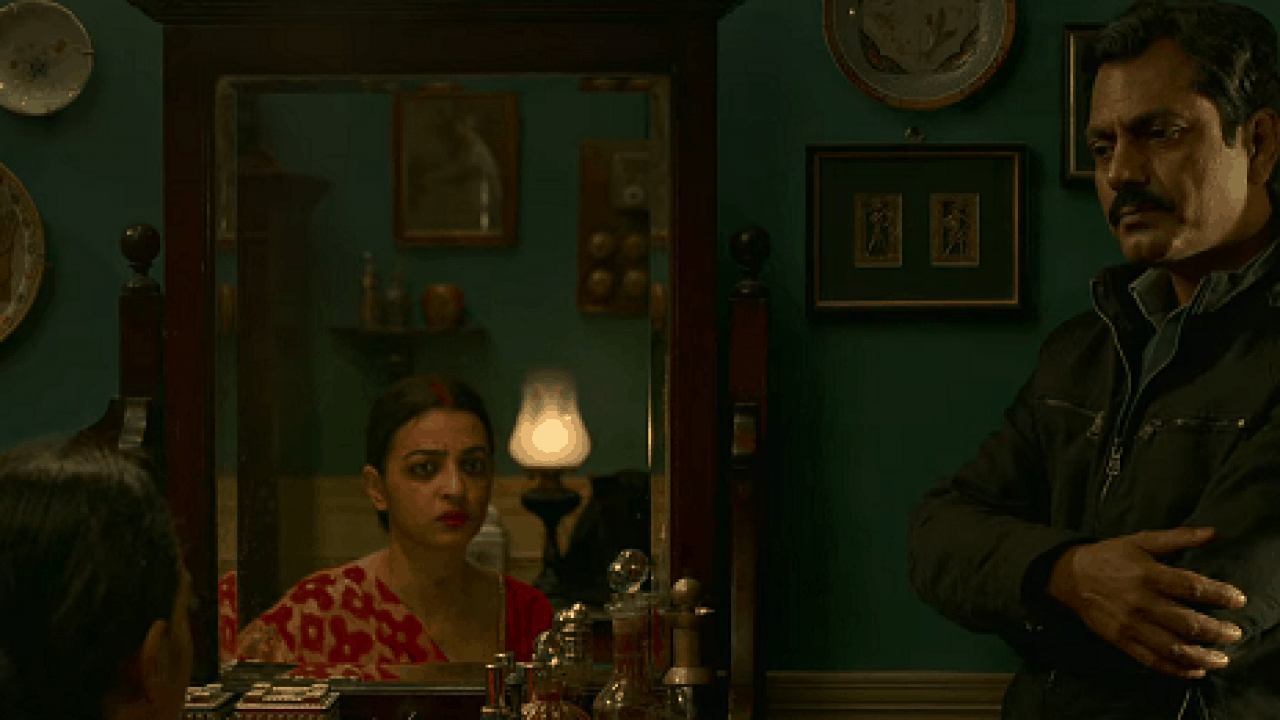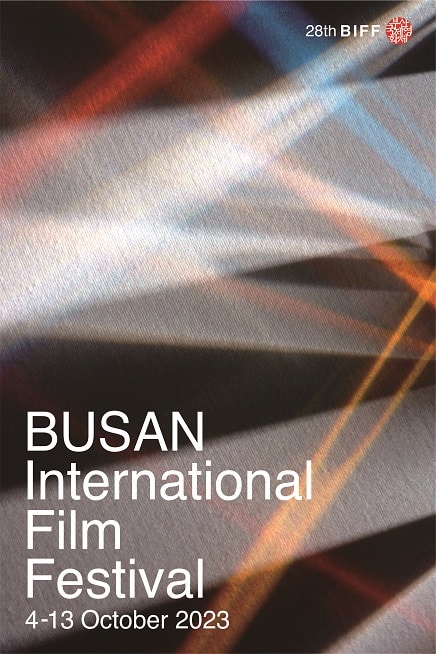Joseph Israel Laban is an award-winning Tagalog journalist, independent filmmaker, playwright, and a Fulbright Scholar. His films include “Antipo”, “Cuchera”, “Baconaua (Sea Serpent)” and “Nuwebe”. It was his first feature length film “Chucera” that brought him international recognition as described by TIFF film programmer Steve Gravestock “One of the most shocking debuts in recent Filipino cinema… Cuchera may turn out to be a watershed in Filipino film history — directly linking the melodramatic ferocity of the politically charged works of veteran directors like Joel Lamangan and Carlos Siguion-Reyna with the more intimate style of what some have dubbed the Filipino New Wave.”
His film “Sea Serpent” recently screened at Five Flavours Asian Film Festival, where we got a chance to ask him about the production, his inspirations and the current struggles facing the film industry in the Philippines.
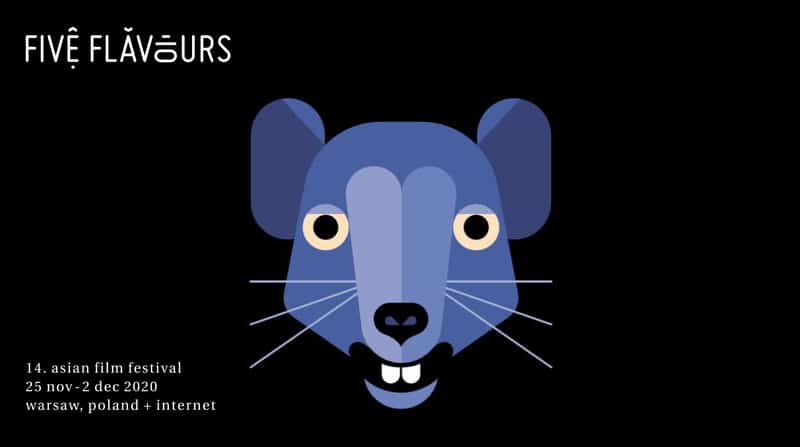
In the film, it is noted that sea serpent was inspired by a true story, can you give us some background about the script?
The myth of the “baconaua” is known throughout the Philippines since pre-colonial times. Some believe they are moon devouring dragons, some, like in our island province, believe they are giant sea serpents or “walo-walo”. To this day, many people believe in the “baconaua” particularly in the far-flung outlying islets of the archipelago. This belief still affects the way people live in these areas. It permeates the already pervasive feeling of unease particularly during the tumultuous monsoon season when the sun never seems to fully show its face even in midday.
What impact do you see folklore and traditions playing in the coming of age process?
The impact is there. It is felt everyday. It is pervasive. It is inescapable. It is a significant part of their lived experience. But the heady mix of Tagalog pre-colonial mysticism intermingled with a heavy dose of provincial Catholicism and folk beliefs, confronted in increasing regularity by intrusions from outside influences (Spanish, American, Japanese and now Chinese) could barely explain the context of the deceptively ordinary and seemingly simple coming-of-age experience by the young people in our island communities and fishing villages. It is hard to quantify but easy to feel.
The smuggler character is a complex one as he is a man who is injured and in need, while we don't know his background; it is implied he was involved in the tragedy that struck the small village. What do you want the audience to take away from this character?
In the film, I wanted to explore the idea of incursions and how, no matter how seemingly benign, can alter people's lives in the most unexpected manner. I also wanted to present how these incursions often result in literal and figurative confrontations that, in the end, could readily combust into violent endings with the subject of the intrusion usually finding themselves picking up the pieces left by the encounter. But I wanted to present these bold themes on a human level, sublimating in the gray areas of the human experience. Even the intruder can be weak and need help. That even the best of intentions can go woefully awry when trapped in a perfect storm of corruption and malcontent.
Can you give us more background on the location you chose to film “Sea Serpent”, and any problems that came with working along the coast?
We filmed at a small fishing village located in an outlying islet which is part of my hometown Marinduque in the southern Tagalog region of the Philippines. It is right in the middle of the Verde Island Passage. The passage is famous for its scientifically-backed title as the “Center of the Center of the Marine Biodiversity of the World”. It was tough filming there because it was quite isolated.
We didn't have any electricity in the islet where we filmed, no road systems, no readily available source of potable drinking water. We were on small boats most of the time. Going in and out of the islands required a lot of preparation including planning the specific time for high tide and low tide every day. Not to mention the extremely unpredictable monsoon weather that simply refused to adhere to any of our production plans.
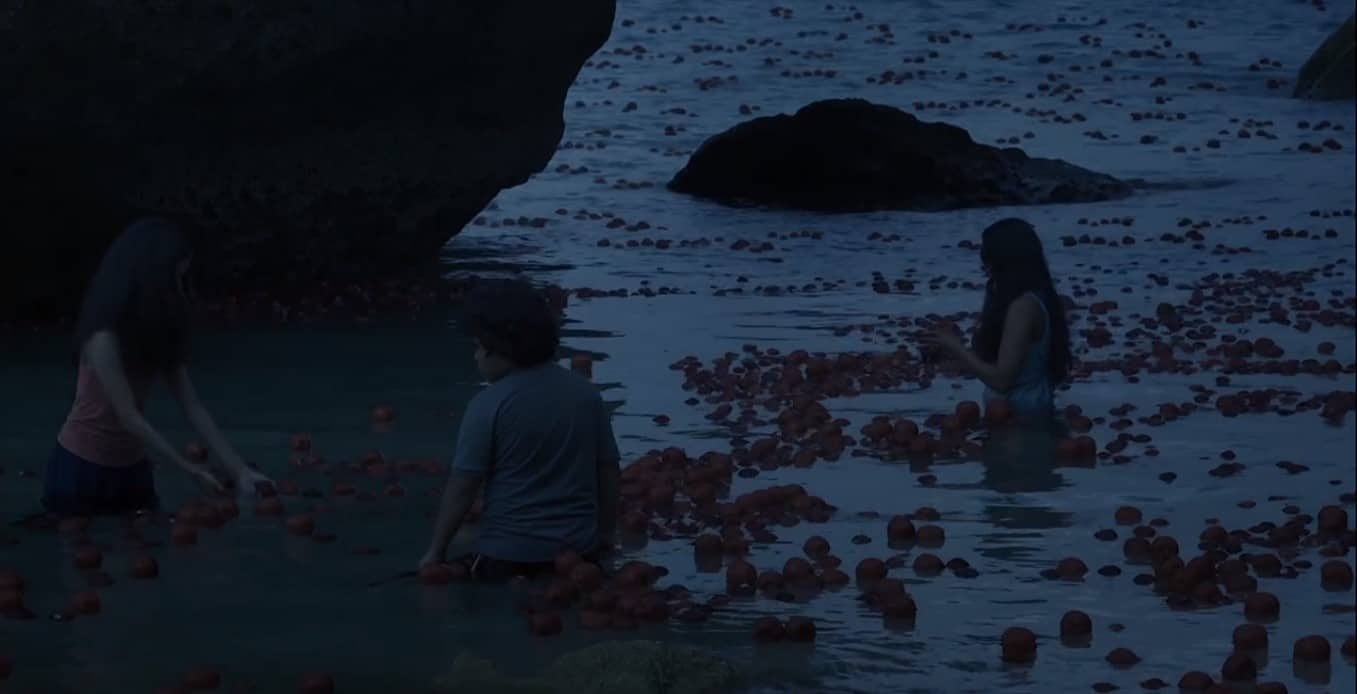
Can you talk about the casting process, and how you had to adapt your process in directing young actors?
We did a series of auditions. Cinemalaya, which generously provided us with the seed grant for the film, also hosted a huge general audition at the Cultural Center of the Philippines. Even then, we had to audition non-actors from the islands for other roles. Admittedly, it was tough directing kids especially because they had to learn a different version of Tagalog that they were not used to. We had a dialect coach assigned to them. They also had to learn how to dive in open water and act underwater. We had someone teach them how to ride the indigenous boat or “bangkang de katig” as well. So it was not easy. But they were great. Always enthusiastic.Very professional. Perhaps the fresh seafood and the beautiful beaches helped keep spirits up.
Working as a journalist, playwright and filmmaker, do you find any difficulties in transitioning between skill sets?
Yes. It is not like you can just turn one side of your brain off and then turn another side on. I used to fight against it, thinking back then that I had to make a choice. As I got older, I've learned to embrace them all and find a way to make it work for me and my films.

What notable figures inspired you, both as a journalist and a filmmaker?
As a I journalist I've always looked up to Filipino broadcast journalists Cheche Lazaro and Jessica Soho, both of them with long track records of groundbreaking work in investigative journalism and documentaries. Sheila Coronel and the work of the Philippine Center for Investigative Journalism were also early inspirations when I was still a student. These days, I admire Maria Ressa and Rappler and how they are holding the line against incursions on press freedom in the Philippines.
For films, I am always blown away by the films of Lav Diaz; my favorite being Norte: Hangganan ng Kasaysayan. Some of my favorite films were directed by Brillante Mendoza, the likes of Lola, Tirador and Sinapupunan. I absolutely loved Mario O' Hara's Babae sa Breakwater, Jeffrey Jeturian's Kubrador and Tuhog, Francis Pasion's Bwaya and Jay, Adjani Arumpac's War is Tender Thing, Ramona Diaz's Motherland, Ditsi Carolino's Minsan Lang Sila Bata. From the recent Southeast Asian films I've seen, I still remember how I felt when I watched Kraben Rahu by Phuttiphong Aroonpheng and Malila by Anucha Boonyawatana. During the pandemic, when I am feeling down, I would watch over and over Dunkirk by Christopher Nolan, Burning by Lee Chang-dong and Roma by Alfonso Cuarón. I am first of all a fan of the motion picture. I enjoy all sorts of films and to some extent I get inspired by all the films I've seen that evoked a feeling or an insight or some sort of human experience.
What are your current thoughts on the film industry in the Philippines?
The pandemic hit us hard. We weren't in a good place to begin with, but Covid-19 further unsettled everything. But the good people of the industry are finding ways. Some are already filming again, complying to very detailed and hard-fought safety guidelines. Some independent film venues, brick and mortar cinemas and film festivals have since migrated to online platforms — with varying degrees of success. We are in a holding pattern of sorts for almost ten months now, stuck in a wait-and-see mode. But like everyone else, I am cautiously optimistic.
Anything you are working on now that you would like to share?
Up next for me is “Guerra”, a film that's part of the Cinemalaya Philippine Independent Film Festival 2021. A film I wrote “Kargo” directed by TM Malones is now in post-production. I am also writing a number of screenplays for filmmaker friends but most details are still up in the air.



